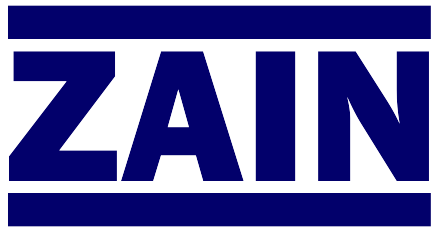Experimental Evaluation of Sub-Surface Aeration Systems
Authors:
J. L. Stanton
P. R. Bradley
This paper presents an experimental evaluation of sub-surface aeration systems, arguing that the traditional surface aerator mathematical model is inadequate for analyzing data from deep tanks due to its failure to account for changing gas-phase composition and pressure corrections related to depth, which can lead to significant errors. It proposes a more accurate mathematical model to calculate the Standard Oxygen Rate (SOR) and absorption efficiency by incorporating these variables and also emphasizes the need to correct for chemical interference like the cobalt effect during testing. The authors conclude that various proposed models incorporating pressure and absorption efficiency corrections yield comparable, reliable results, unlike the overly simplistic surface model.
Key Learnings
- Surface Model Inadequacy: The conventional surface aerator mathematical model is inadequate and can introduce significant errors (exceeding 50%) when analyzing data from deep sub-surface aeration systems.
- Depth and Gas Composition are Critical: Correct evaluation of sub-surface systems requires accounting for the effects of tank depth and the changing oxygen concentration (depletion) of the rising gas bubbles.
- Proposed Model Advantage: A more rigorous mathematical model, like the one presented, is necessary to accurately relate the changing gas phase composition and pressure to the mass transfer rate, allowing for a realistic characterization of the equipment.
- Standard Oxygen Rate (SOR) Calculation: The experimental overall mass transfer coefficient, KLa(T)Zₛ, must be used with an appropriate model to calculate the oxygen absorption efficiency (E) and ultimately the Standard Oxygen Rate (SOR) at standard conditions (20°, 1 atm, 0.0 mg/L DO).
- Steady State DO Prediction: For mechanical sub-surface aerators, the steady-state dissolved oxygen concentration (C∞) is the average of the equilibrium DO concentration at the free surface and the point of air introduction, which serves as an important experimental clue.
- Chemical Interference Must Be Removed: Testing for oxygen transfer requires correcting for chemical effects (like cobalt interference), which can artificially inflate the "true" oxygen transfer capability if the resulting chemical precipitate is incorrectly measured as dissolved oxygen.
- Consistency of Correct Methods: Most evaluation procedures that include reasonable corrections for pressure and absorption efficiency (e.g., Log Mean Driving Force, Log Mean Saturation Value) provide comparable and reliable results, unlike the surface model.
- Full-Scale Testing is Preferred: To obtain reliable measurements of depth and absorption effects, testing full-scale units (e.g., 10 - 30 ft deep tanks) is crucial rather than relying on scale-up or simplified test methods.
- Process Flexibility: Submerged turbine aeration devices offer 100% process flexibility, allowing for constant mixing even at zero air supply, and the air quantities can be reduced compared to diffused air systems.

